Evaluation process how does it work?
An initial assessment and observation will be carried out together with a parent interview. This will take approximately one hour. Questions will be asked about your child’s birth and medical history, daily activities, current challenges, and goals. Depending on the age of the child and condition standardized tests and questionnaires might be used.
These will be evaluated and a treatment plan will be devised for your child’s individual needs. If necessary a separate meeting without the child being present will be scheduled to discuss the outcome of the assessment and what further steps to take. Frequency of the intervention will also be discussed.
The individual treatment focuses on improving fine and gross motor skills, balance and coordination, strength and endurance as well as sensory processing/integration. The approach is holistic and practical. Treatment involves exercises and handling techniques to stimulate the normal sensory motor development of the child.
This may include purposeful play using toys, swings, ball games, balance and climbing activities, or specialized equipment. In addition, a home program will be given out to support therapy goals. In some cases, advice and instructions to the parent may be all that is required. Advice will be given on appropriate handling or positioning and on equipment including seating, standing frames and mobility aids. The therapist works closely together with families, carers, teachers, doctors and other health professionals.
Conditions:
A Paediatric Physiotherapist assesses and treats infants and children with a range of conditions including:- Developmental delay.
- Hypotonia.
- Cerebral palsy and other neurological conditions.
- Syndromes and other genetic disorders.
- Spina bifida and neural tube defects.
- Problems in the fine and gross motor coordination with or without learning/behavioural problems (e.g.“clumsy children, DCD, dyspraxia).
- Motor delays related to sensory disorders.
- Autism/autism spectrum disorders.
- Attention deficit disorder ( ADD, ADHD).
- Juvenile chronic arthritis ( JCA).
- Postural problems- torticollis, scoliosis, idiopathic toe walkers.
- Premature babies with dystonia.
- Respiratory problems such as cystic fibrosis or asthma.

Treatment methods
Outlined below are some examples of treatment approaches Liesbeth is trained in. Sometimes a combination of techniques may be the best way to help your child.
Sensory integration
Sensory processing is the ability to make sense of the everyday sensations that we experience.
Our central nervous system must be able to take in sensory information and decide what to pay attention to and what is not important.
The ability to modulate, then process and match an appropriate response to sensory input is an important process to allow us to make sense of and respond to the demands of our environment.
Sensory pertains to our senses: hearing, sight, smell, touch, taste, and perception of motion, movement and gravity.
Integration is the process of unifying, or allowing the brain to use the information that the senses take in.
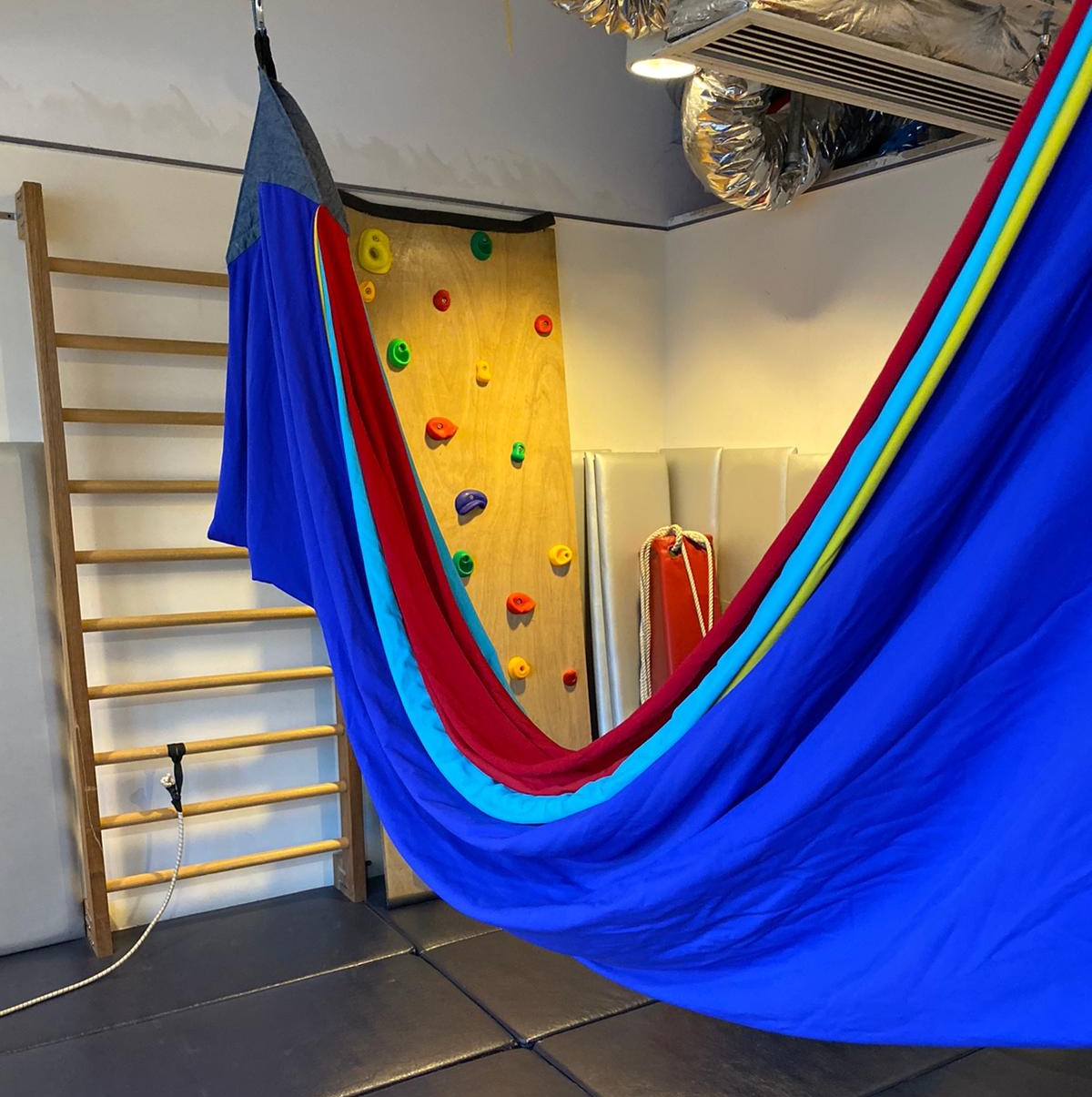 Motor skill development, speech and language and social interaction skills are dependent on efficient sensory processing, understanding of space, sequencing and motor planning abilities.
Sensory Processing Disorders (SPD) develop when sensory integration is not adequately processed. As a result, many activities go wrong,
are carried out too slowly or illogically. We see that for instance in children who do not pay enough attention when carrying out certain activities.
Sometimes these children become hyperactive, or the reverse, very quiet, anxious, withdrawn or dreamy.
Motor skill development, speech and language and social interaction skills are dependent on efficient sensory processing, understanding of space, sequencing and motor planning abilities.
Sensory Processing Disorders (SPD) develop when sensory integration is not adequately processed. As a result, many activities go wrong,
are carried out too slowly or illogically. We see that for instance in children who do not pay enough attention when carrying out certain activities.
Sometimes these children become hyperactive, or the reverse, very quiet, anxious, withdrawn or dreamy.
Yoga for the Special Child™
Liesbeth is a certified practitioner for the program, Yoga for the Special Child™. She trained under Sonia Sumar, the creator of Yoga for the Special Child™, and an internationally renowned yoga therapist. Yoga stimulates all the areas necessary for a child’s development. Yoga for the Special Child™ is designed specifically to benefit children with Down Syndrome, Cerebral Palsy, Attention Deficit Disorder, Learning Disabilities and other developmental delays. The physical postures tone specific muscle and nerve groups, and benefit organs and endocrine glands. They improve strength, flexibility, balance and motor coordination, The breath exercises increase lung capacity and oxygenation of the brain cells, and clear the respiratory tract.
The music and sound therapy use rhythm and melody, combined with hand movements and sound combinations to develop concentration, breath coordination, and motor skills. This style of yoga is gentle and safe, and requires no special equipment. The children will learn a step-by-step, integrated system of yoga poses and they will also learn specialized breathing exercises and relaxation techniques. There are four levels of learning. The preparatory stage is for passive children who are unable to respond to the instructor. The inductive stage is suited for children who are beginning to show signs of response to yoga stimulation. The interactive stage marks the beginning of direct, active participation by the child. The imitative stage is for those children who can, or who are attempting to imitate yoga movements by the instructor.
Neuro-Development Treatment (NDT)
The concept of Neuro-Development Treatment was evolved empirically by Bertha and Karl Bobath, therefore NDT is also known as the Bobath method. Neuro-Development Treatment is a hands-on treatment approach used by Physiotherapists, Occupational Therapists and Speech and Language Therapists. The approach was developed to enhance the function of adults and children who have difficulties in controlling movements resulting from neurological challenges such as stroke, brain injuries, genetic syndromes and cerebral palsy. Through a variety of therapeutic techniques and the facilitation of normal movement, more normal sensory-motor experiences become possible and improved postural control and function are gained. Improvement in everyday activities, such as sitting, walking, feeding, dressing is the primary aim of the treatment.
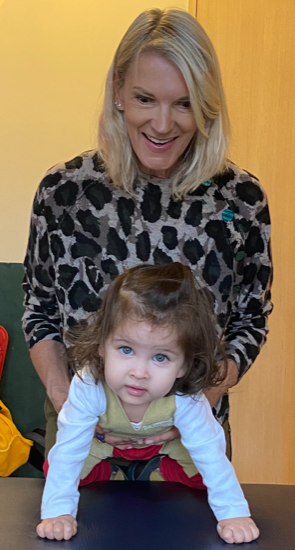
Who are the children that will benefit from an NDT approach?
The NDT approach is advantageous for children that are given different diagnoses such as hypotonia, hypertonia, dystonia, cerebral palsy, traumatic brain injuries, and Down syndrome. It is also an appropriate intervention for many children with genetic disorders.
Neurosuit
Neurosuit™ is an orthotic garment worn over thin clothing. It consists of a vest, shorts, knee and elbow pads,
gloves and shoe attachments. All these pieces are interlocked by bungee type cords.
These cords assist with proper alignment of the body and essentially frame the body from the outside (external skeleton).
This garment is a new modality for improving posture, body awareness, bone and joint development and stability.
They re-educate the neuromuscular system and promote trunk control and joint stability.
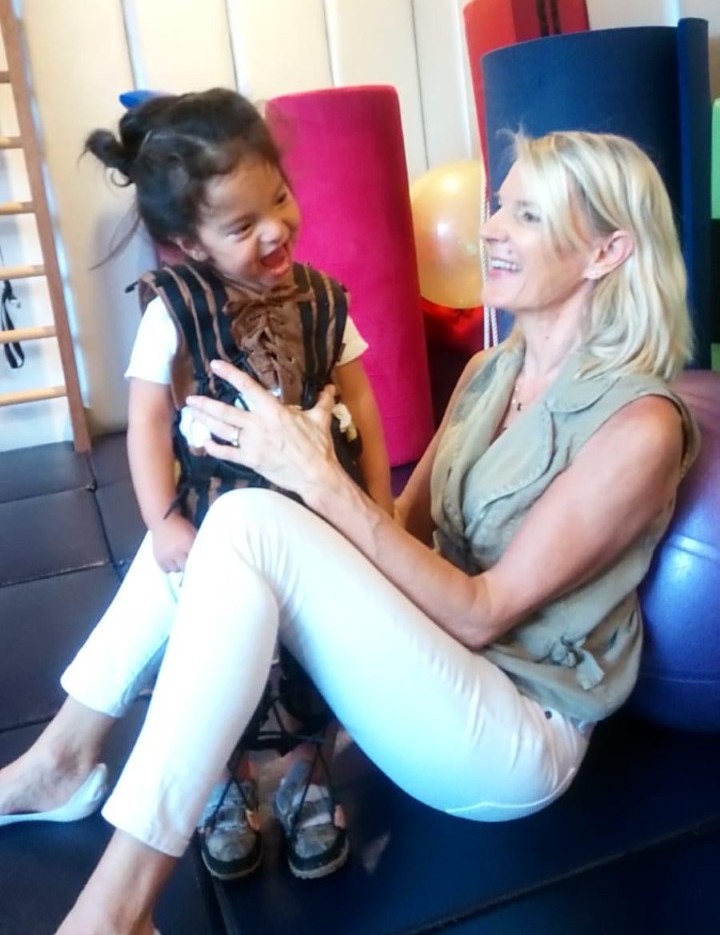
Who are the children who benefit from the neurosuit?
- Cerebral palsy
- Global developmental delay
- Traumatic brain injury
- Ataxia
- Athethosis
- Spasticity
- Hypotonia
- Chromosomal disorder
Postural care/night-time sleeping position
Children and adults who find it hard to move, often spend long periods of time in one position. over time, this position can become obligatory and lead to changes in their body shape which can cause secondary complications. Respiratory and digestive difficulties can become common, as well as musculoskeletal problems.
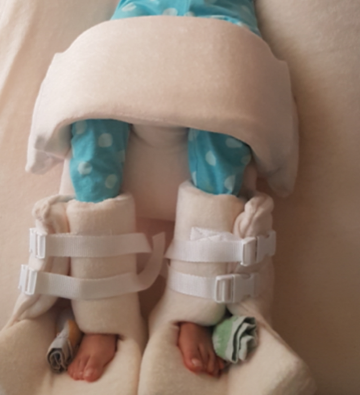
Postural care is gentle form of therapy used to protect body shape.
Postural care needs to be reasonably constant day and night. A person with movement problems during the day continues to experience difficulties moving at night. And that immobility leads to changes in body shape, then it is logical that influencing the position at night will lead to less damage being caused. Night -time positioning may also be used to make the individual more comfortable. Therapeutic night- time positioning can be achieved by placing pillows, bolsters etc or by a specially designed positioning system. The Simple Stuff Positioning System is designed to be a comfortable, hygienic and safe to use system that reduces the risks of body shape distortion I can help and support families to self -manage postural care.
Auditory intervention
All listening techniques involve listening to specifically modulated music through high quality head phones. They are modulated and filtered by electronic means. Physiokids offers 2 auditory programs:
- SAMONAS Sound Therapy
- Therapeutic Listening
SAMONAS Sound Therapy
Ingo Steinbach is the developer of SAMONAS Sound Therapy who has created a recording method in which the spatial essence of the recording is optimally preserved and the high harmonics of the music are “activated” in order to be energizing and regulating. The CD’s are especially beneficial for refinement of modulation, attention, and higher level motor and communication skills.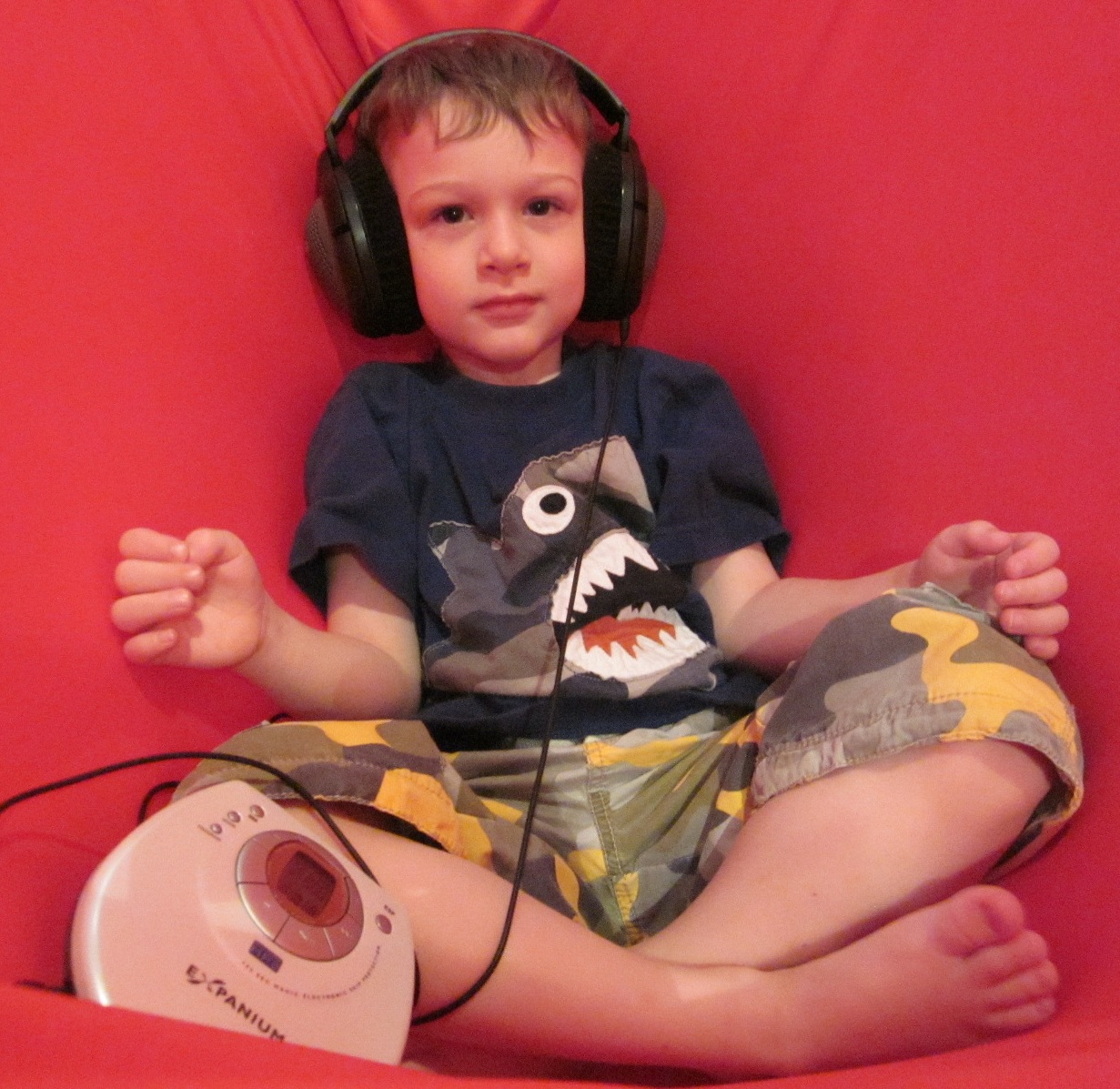
Therapeutic Listening®
Therapeutic Listening is an expansion of Sensory Integration. It is an auditory intervention that uses organized sound patterns inherent in music to impact all levels of the nervous system. The emphasis of TL is on blending sound intervention strategies with postural, movement, and respiratory activities. Therapeutic Listening uses CD’s that vary in musical style, types of filtering, and level of complexity. The music on the CD’s is electronically altered to elicit the orienting response which sets up the body for sustained and active listening. The auditory intervention programs coupled with Sensory Integration work on improving:- Attention
- Organized behaviour
- Self regulation
- Postural control
- Bilateral coordination
- Praxis
- Fine motor control
- Oral motor/articulation
- Social skills
- Communication
- Visual motor integration
CME
CME stands for Cuevas Medek Exercise, is a physical therapy approach for children to develop gross motor skills in infants and children with movement disorders due to neurological dysfunction. The approach was created and developed by Ramon Cuevas, Chilean physiotherapist during the early seventies in Caracas, Venezuela. The therapy can be applied to children from 3 months of age until they achieve and control independent walking.
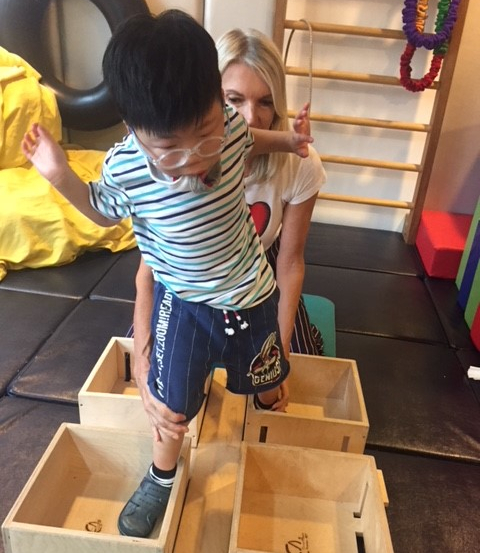
Because the CME practitioner needs to expose the child to the influence of gravity, by providing distal support, the use of the therapy may be limited by the child’s size and weight. The core idea of CME therapy is to provoke automatic postural reactions that contribute to the postural control, which is necessary to perform basic gross motor activities such as sitting, standing and walking. The specific set of exercises promote postural responses against gravity using increasingly distal support. Exercises start on the Medek table but as soon as the child is able to stand with ankle support, we move to the floor to use the Medek equipment which consists out of seven different wooden pieces to be used to challenge the child’s sense of balance.
What is DMI Therapy?
Dynamic Movement Intervention (DMI) is a comprehensive intervention that incorporates current research on neurorehabilitation, technologies, and methodologies. This therapeutic technique is used by physical and occupational therapists to treat children with gross motor impairments by improving and/or provoking a desired action with great emphasis on alignment, sensory integration, and function. The goal is to promote progress toward developmental milestones.
- Gross motor skills – improving gross motor skills of children from birth.
- Gradual progression – continuously increasing the challenge to encourage the child to respond with greater independence.
- Alignment and Postural Control - all exercises focus on optimal alignment
- Range of Motion - muscle and joint range of motion is achieved by movement (Dynamically).
- Balance – improved balance is a common thread through most DMI exercises.
- Functional movements – improving actions and skills that lead to attaining milestones such as rolling, sitting, standing, walking
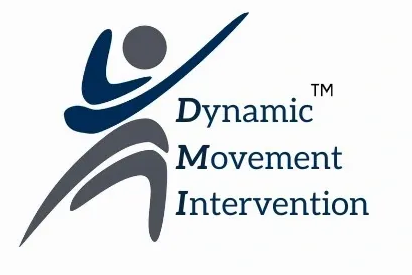
- Postural Control and Verticality
- Anatomical Alignment
- Somatosensory Development
- Functional and Automatic Movement
- Dynamic Stretching
DMI Exercises can be performed in combination with Theratogs or other orthotic garments, with NMES and/or using the Whole Body Vibration Plate so that the child can receive greater benefits from the treatment session.